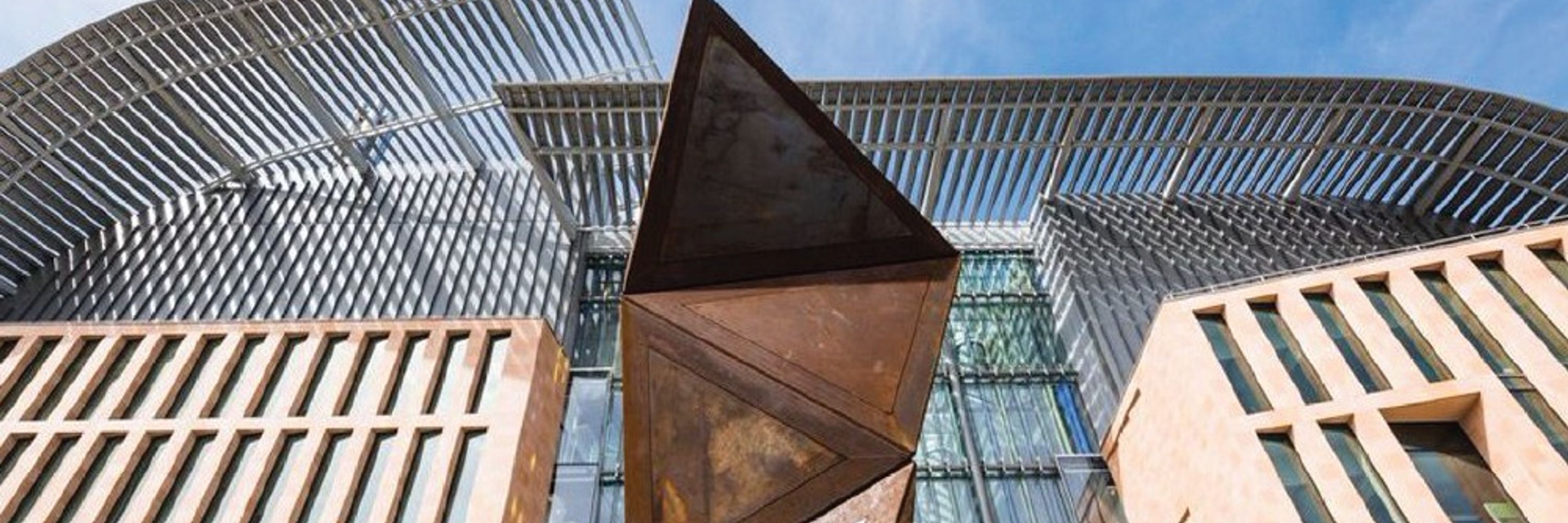
Sateriale Lab
@saterialelab.bsky.social
Cryptosporidiosis Lab @ Francis Crick Institute
Welcome to our lab member-managed bluesky account!
Welcome to our lab member-managed bluesky account!
and welcome to bluesky @elena-l-r.bsky.social 👏👏👏
February 28, 2025 at 12:38 PM
and welcome to bluesky @elena-l-r.bsky.social 👏👏👏
There is (A LOT) more in the manuscript! Please have a look for yourself!
February 26, 2025 at 12:53 PM
There is (A LOT) more in the manuscript! Please have a look for yourself!
So, it appears this is a unique case of eukaryotic and prokaryotic virulence factors that have convergently evolved to drive the same host phenotype through a similar mechanism… pretty cool

a man in a suit and tie with the words pretty cool on the bottom right
ALT: a man in a suit and tie with the words pretty cool on the bottom right
media.tenor.com
February 26, 2025 at 12:53 PM
So, it appears this is a unique case of eukaryotic and prokaryotic virulence factors that have convergently evolved to drive the same host phenotype through a similar mechanism… pretty cool
Follow-up experiments confirmed that MVP1 controls microvilli elongation during Cryptosporidium infection!

February 26, 2025 at 12:53 PM
Follow-up experiments confirmed that MVP1 controls microvilli elongation during Cryptosporidium infection!
…mirroring the host interactions of the pathogenic E. coli virulence factor MAP... WHICH IS ALSO KNOWN TO DRIVE MICROVILLI ELONGATION 🤯

February 26, 2025 at 12:53 PM
…mirroring the host interactions of the pathogenic E. coli virulence factor MAP... WHICH IS ALSO KNOWN TO DRIVE MICROVILLI ELONGATION 🤯
When we dove into the function of the most highly expressed family member, MVP1, we discovered interactions with host actin modulators EBP50 and CDC42…

February 26, 2025 at 12:53 PM
When we dove into the function of the most highly expressed family member, MVP1, we discovered interactions with host actin modulators EBP50 and CDC42…
Here, we describe a new family of virulence factors that the parasite exports into the host cell following infection that… localise to the microvilli! We named this new family the MicroVilli Proteins or MVPs. 😉

February 26, 2025 at 12:53 PM
Here, we describe a new family of virulence factors that the parasite exports into the host cell following infection that… localise to the microvilli! We named this new family the MicroVilli Proteins or MVPs. 😉
During a Cryptosporidium infection it’s easy to find intestinal epithelial cells that harbor the parasite… Why? Infected cells have looooooong microvilli... 2-4x the length of uninfected cells (image from the amazing David Ferguson with parasites in color).

February 26, 2025 at 12:53 PM
During a Cryptosporidium infection it’s easy to find intestinal epithelial cells that harbor the parasite… Why? Infected cells have looooooong microvilli... 2-4x the length of uninfected cells (image from the amazing David Ferguson with parasites in color).
👏👏👏 @lucy-watson.bsky.social (and welcome to bluesky)
November 23, 2024 at 6:29 PM
👏👏👏 @lucy-watson.bsky.social (and welcome to bluesky)

